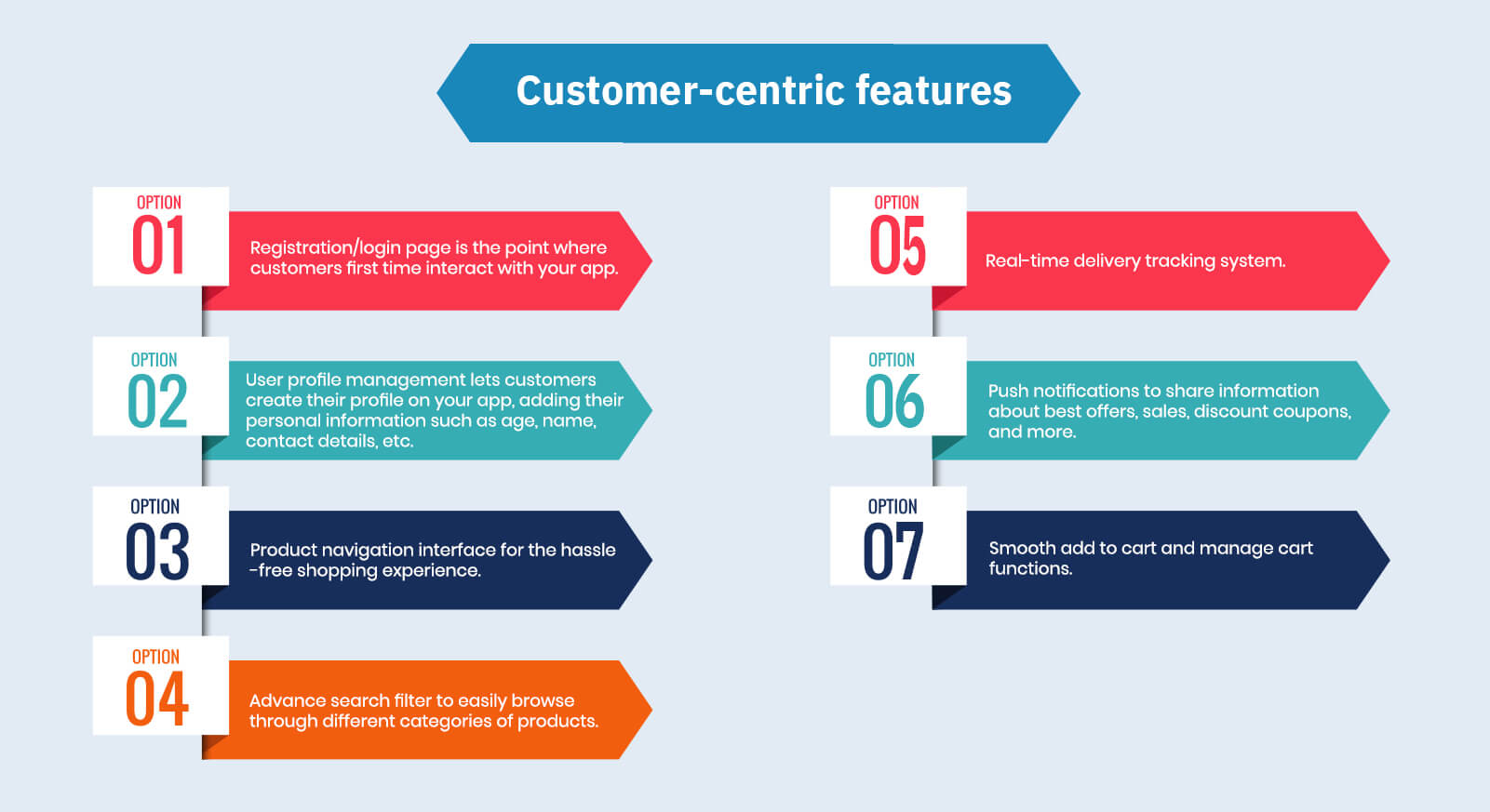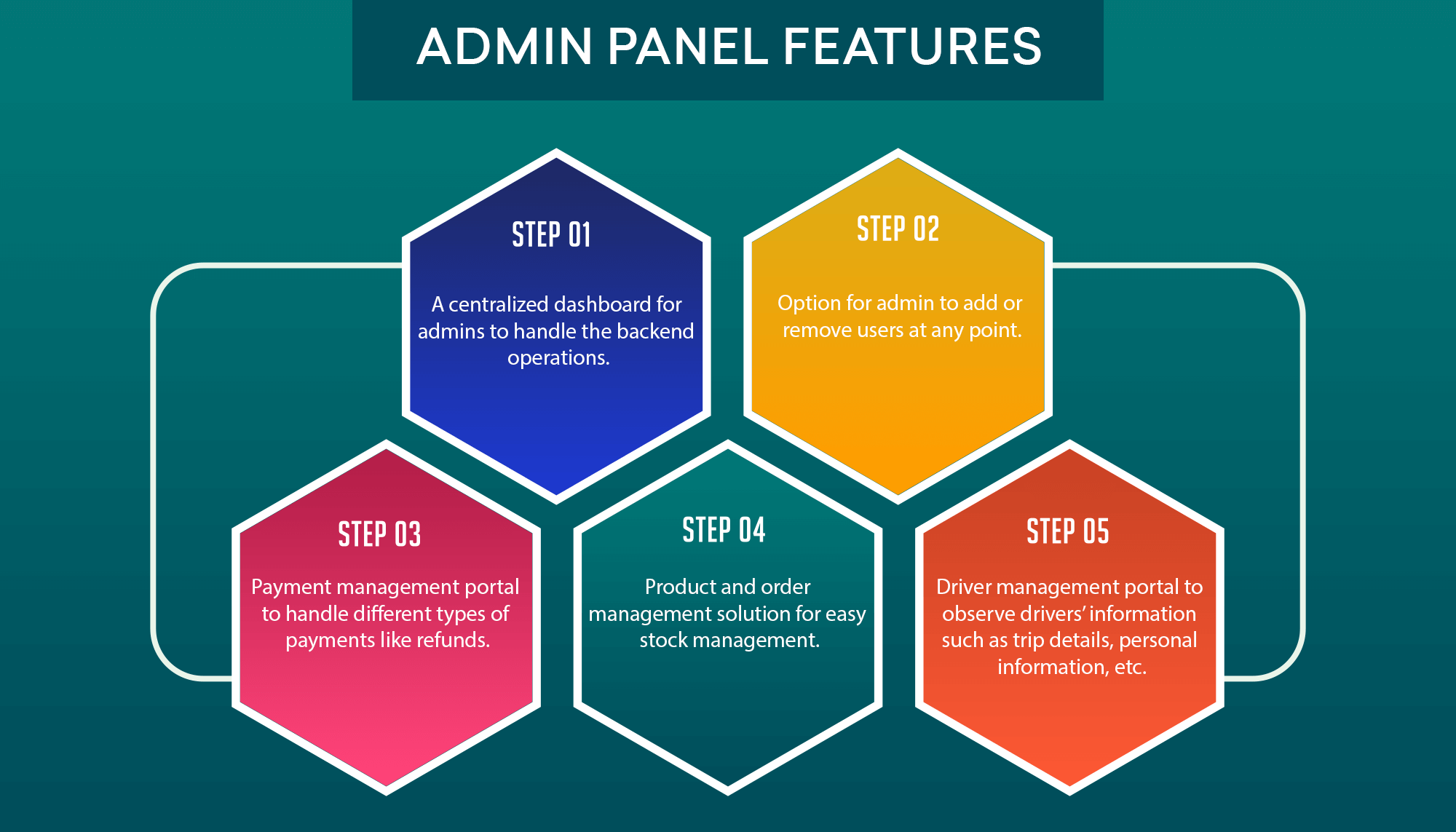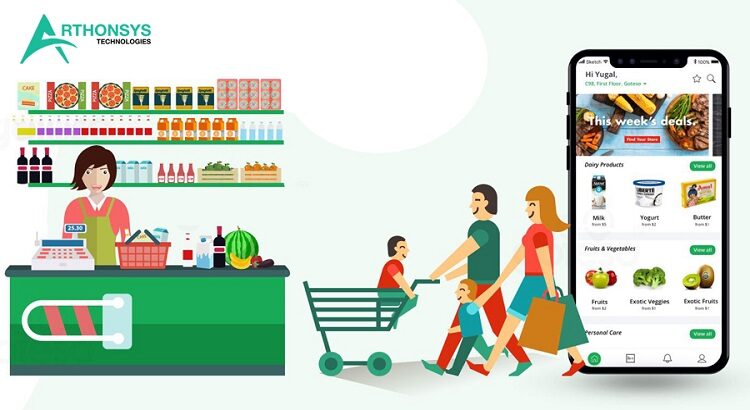The pandemic has fully changed the grocery shopping process. Today, people don’t prefer to go out to buy their groceries. Instead, they log into the grocery shopping app and get all essentials delivered to their homes.
Therefore, online grocery sales increased 40% in 2020. The eCommerce shopping and retail solutions are booming right now, especially in the online food shopping sector. It is projected that the global online grocery market will grow around 28% CAGR between 2020 and 2026.
One top of it, the Indian online grocery market size was valued at $2.9 billion in 2020, which is forecasted to cross $38.9 billion by 2028.
All this indicates, today is the perfect time for a custom grocery delivery app development. As only in the US, 30.4 million people will buy groceries online by 2022. So, your on-demand grocery delivery app has a lot of room to grow if you start today.
But isn’t on-demand app development costly?
It is! But if you understand the grocery shopping app development cost determining factors in-depth, you can easily develop a custom app under your budgetary limits. To get a better idea of the grocery app development cost structure, just scroll down.
On-demand Grocery Delivery App Development Cost Determining Factors
To be honest, it’s not possible to predict an exact on-demand app development cost. That’s because numerous factors contribute towards determining the final app development cost. For an on-demand grocery delivery app, usually following cost factors are responsible:
Grocery app business model
There are numerous different types of grocery business models that are opted by people today. Every type of grocery app required a different level of technical support that decides the final app development cost. Common grocery app business models are:
- eCommerce grocery apps that work as an eCommerce store from where customers can directly order products. This app development is costly due to various technical features involvement, including geolocation, payment gateways, etc.
- In-store grocery apps create the ambiance of a grocery store with different images, displays, or catalogs. Here delivery notifications are associated with the offers, so they are less expensive to develop.
- On-demand grocery apps are full-fledged virtual stores that let customers create grocery lists, share items with the store, set purchase schedules, and so much more. Unfortunately, these apps are like Grofers or BigBasket, so they are a bit expensive to develop.
Grocery app features
Features are a vital on-demand app development price factor. The number of features you include in your grocery app decides its development cost. In a basic grocery app, features are divided into four different sections, such as:
Customer-centric features

- Registration/login page is the point where customers first time interact with your app.
- User profile management lets customers create their profile on your app, adding their personal information such as age, name, contact details, etc.
- Product navigation interface for the hassle-free shopping experience.
- Advance search filter to easily browse through different categories of products.
- Real-time delivery tracking system.
- Push notifications to share information about best offers, sales, discount coupons, and more.
- Smooth add to cart and manage cart functions.
Admin panel features

- A centralized dashboard for admins to handle the backend operations.
- Option for admin to add or remove users at any point.
- Payment management portal to handle different types of payments like refunds.
- Product and order management solution for easy stock management.
- Driver management portal to observe drivers’ information such as trip details, personal information, etc.
Delivery agent features

- Registration page for a delivery person through phone number or email address.
- Push notifications to keep delivery agents updated about order delivery information.
- Map integration helps a delivery person to navigate the buyers’ location efficiently, such as GPS, Google, or Apple Maps.
- Route optimization solution for fastest deliveries.
- Ratings and reviews page to rate delivery agents’ services, etc.
Vendor panel features

- Product management dashboard for store owners to add/remove/update products.
- Brand management platform to manage multiple stores seamlessly.
- Order management solution to check order status in real-time.
- Facility for store owners to add new deals, discounts, and offers to drive sales.
- A customer support system to address order-related issues in real-time, etc.
Above, we have just touched on basic on-demand grocery delivery app development features. Further, you can add more or fewer features into your app depending upon your budget. To understand the cost of each feature, you can contact the Arthonsys team today.
Grocery app technical specifications
Besides features, technical specifications are the next major factor that influences grocery app’s cost. The technical aspect is further divided into two parts:
- Tech-stack: All the technologies required to incorporate desired features into your grocery app are called tech-stack. For instance, Twilio and Push.io for push notifications and PayPal, Stripe, and Braintree for payment integration.
- Development team: The grocery app developers charge heavily depend upon the geographical location. For instance, on-demand developers in India charge around $10-$40 per hour; on the contrary, US developers charge $70-$150 per hour.
Other miscellaneous factors
Apart from the features and technical specifications, many other factors contribute to grocery shopping app development cost, such as:
- Technical documentation preparation, including all written documents related to the app development, business requirements, key features, and more.
- UI/UX design cost for better user interaction and experience.
- Custom or Backend as a Service development cost.
- Third-party app integration such as payment gateways, inventory management, and more.
- The app development platform, i.e. iOS, Android, or both.
- Additionally, app marketing, maintenance, and up-gradation also contribute to the final app development cost.
What’s the exact grocery delivery app development cost?
If we compress all the custom app development pricing factors together, it takes roughly around 1900 to 2400 hours to develop a full-fledged grocery app. This means the on-demand grocery delivery app development in India will be around $20,000 to $50,000. Similarly, in the US or Europe, it will cost anywhere between $40,000 to $2,00,000.
Now, this isn’t still an exact on-demand app development cost. But, for that, you can share your grocery app details with Arthonsys experts along with your budget, and they will easily come up with a development package fitting your limits. So, don’t wait up and get the exact grocery app development quotation today.





